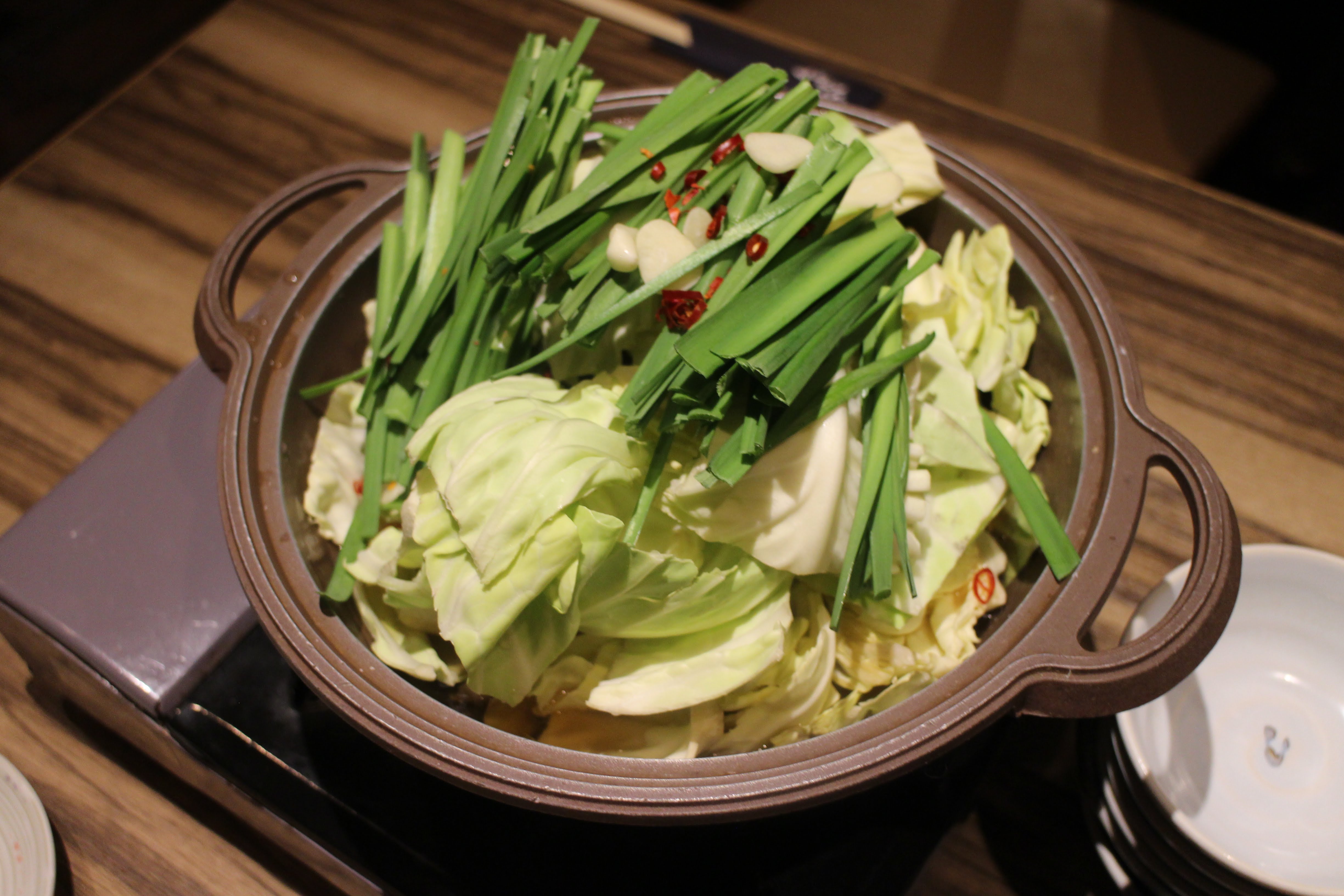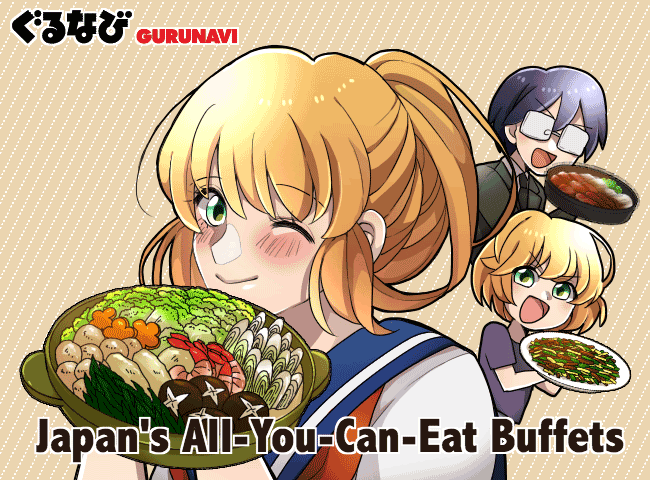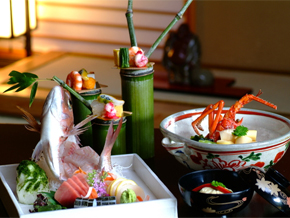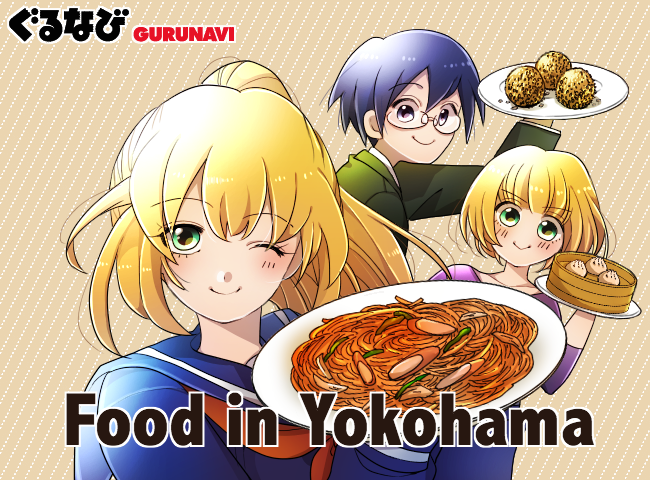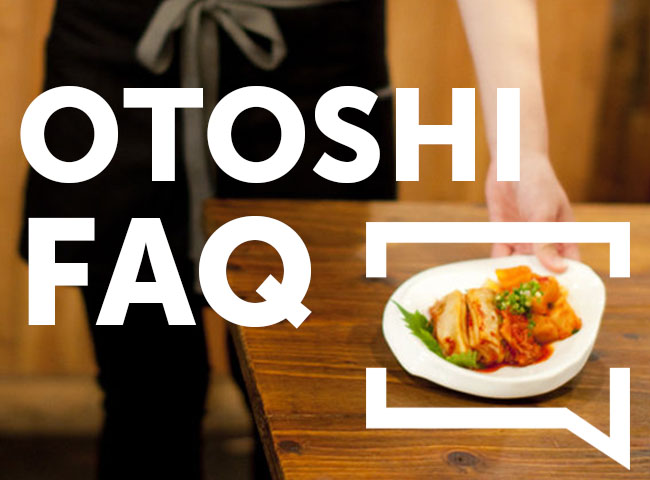An Intimate & Entertaining Night Out in Quaint Noge, Yokohama
Noge is a charming Yokohama neighborhood of tightly packed bars and restaurants that stretches along an area inland from JR Sakuragicho Station, and is a wonderland for gourmands, workers looking to unwind at the end of a day, and couples looking for a unique and fun place to date. After Yokohama port opened in 1859 as one of the main points of trade between the United States and Japan, Noge was the first place to be seen on arrival into the port. It grew into a place where sailors, travelers and locals could enjoy a wide range of reasonably priced, casual dining spots. These days, despite being surrounded by the skyscrapers of Yokohama, little has changed in Noge. Its maze-like streets are crammed with small eateries and drinkeries of all kinds, karaoke joints, glowing lanterns, neon signs, milk crate seating, smoke billowing from yakiniku grills and a lively atmosphere.

Here’s a guide to a well-rounded restaurant and bar crawl, and itinerary covering a variety of things to eat and drink, lots of interesting sights and an all-round entertaining experience especially perfect for a night out.
Sukizuki
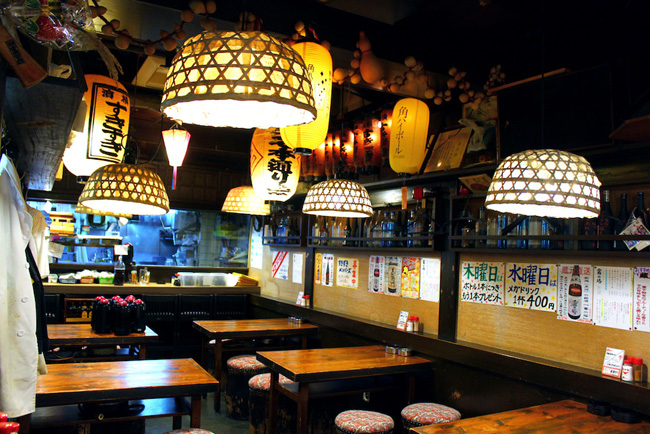
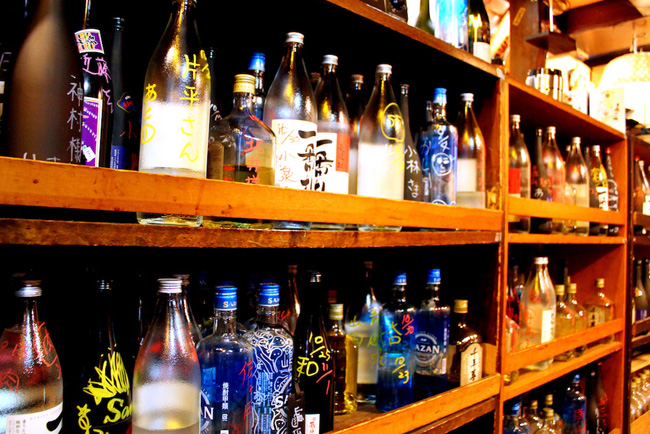
Start your Noge-crawl right in the deep end of Japanese dining tradition at Sukizuki, a bustling izakaya. The eclectic, relaxed fit out features rice-paper lanterns, 80s pop music, closely packed tables, poster-slathered walls, shochu bottles lined up with the names of regulars, and a menu offering everything from seafood to grilled skewers.
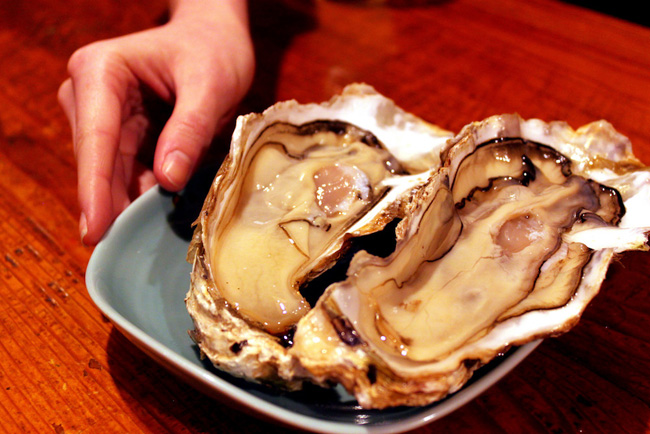
Owner Mr. Fukuda has worked in Noge 25 years, and is passionate about keeping the vibrant area alive, as well as providing visitors with the chance to experience it's fun, casual atmosphere. He’ll happily chat with you about the history of Noge and it’s “furui” (old-school) style while you sample his traditionally influenced, famously tasty food (“ita-mae ryori”), renowned in the area.
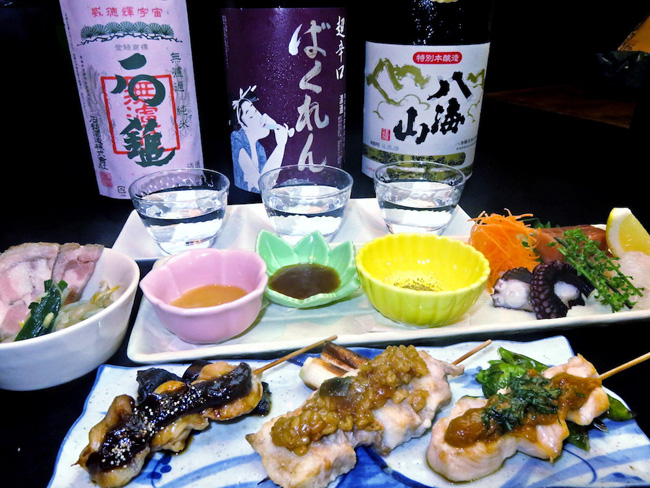
Popular menu items include oysters, sashimi and grilled fish. A flight of 3 types of kushiyaki with 3 types of miso sauce and sake to match comes highly recommended, and is a chance to compare traditional Japanese dishes and sake. The 300 yen otoshi (appetizer) changes daily, and always features flavors of the seasons. Accompany the tasty fare with a drink from the wide-ranging menu of sake and shochu, as well as beer and other beverages. Sukizuki is somewhere you can have quality food at surprisingly reasonable prices, and gain insight into Noge of the past.
Hanasaku

Not far from the old-world Japan of Sukizuki is the new-world Japan of Hanasaku, with an “oshare”-style (trendy and modern) fit out - minimal wooden decor, chilled tunes, stylishly presented food and extensive sake collection showcasing the many and varieties of modern sake.
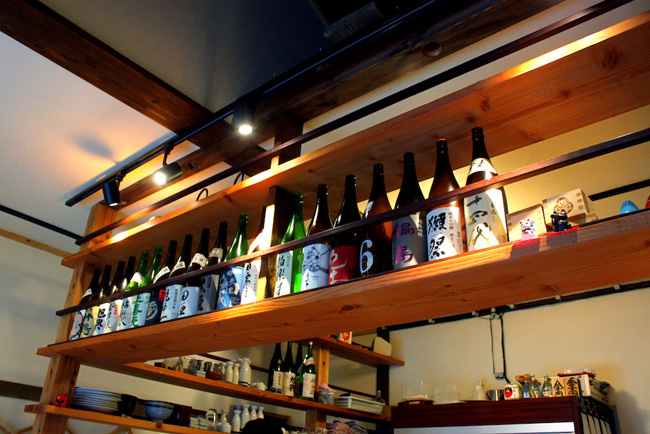
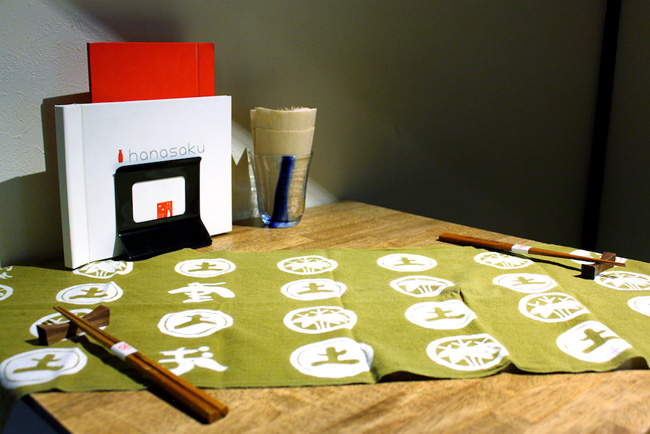
Educating visitors on Japanese sake is the aim of Hanasaku, so this is the spot to get stuck into trying some of the more 30 types available, which have each been carefully selected by the owner, a professional sake taster. First-timers are absolutely welcome, and the staff at Hanasaku will happily guide you through the journey - let them know what style you prefer (for example, dry or fruity) and they’ll provide a sake to fit. If you’re not sure, just ask for an “osusume” (recommendation).
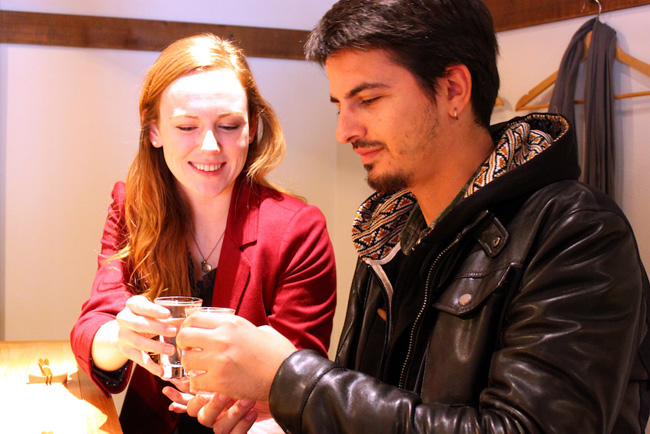
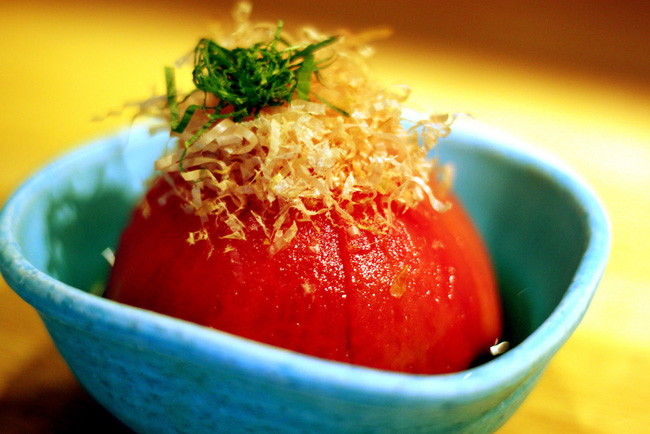
The menu is inspired by obanzai, traditional Kyoto home-style dishes that go with sake, but at Hanasaku, these are artfully executed with a modern twist and stylish presentation. Menu favorites include octopus carpaccio, hiyashi tomato (cold dressed tomato), and tsukemono (pickled vegetables). Food menus are available in English, and have pictures to help you choose. There’s an otoshi served when you first arrive, three small dishes for 300 yen. Sake comes in “han-go” (half-serve, 90mL) so you can try more - and when the sake tastes that good, it’s lucky!
Udatsu

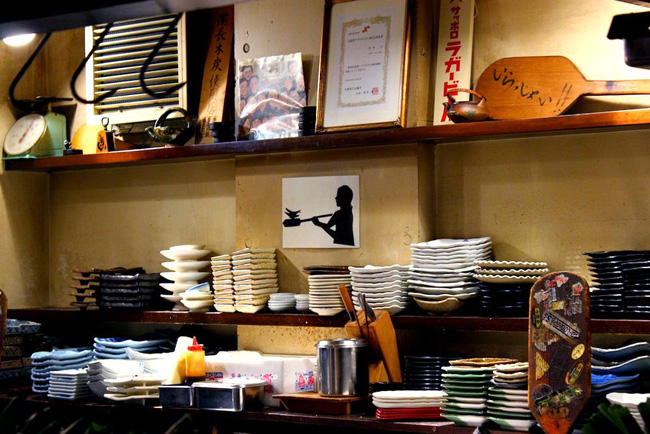
Whether you’ve had robatayaki before or not, walking into Udatsu is a real treat - the first glance inside the restaurant reveals an open kitchen with cool-looking staff in sleek black jinbei standing behind smoking grills, and surrounded by a dazzling arrangement of fish, shellfish, vegetables and fruit.
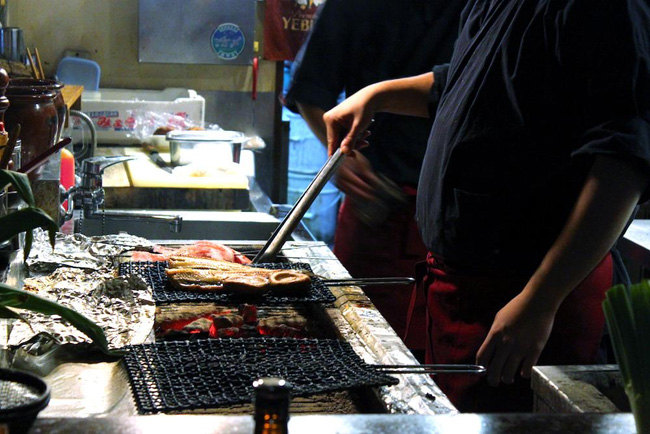
Robatayaki is a performance-like style of dining where food is cooked on skewers over hot coals and delivered to guests using wooden paddles, making for an entertaining dining experience. Udatsu mixes modern dining with a nod to tradition with its late-Edo inspired fit out of dark timber, dim lighting, and traditional regional music.
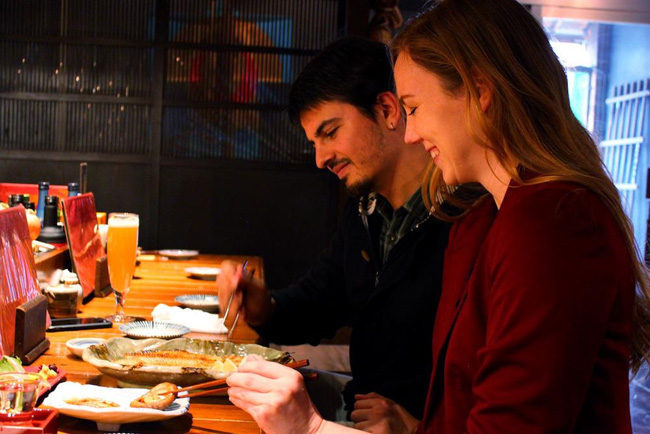
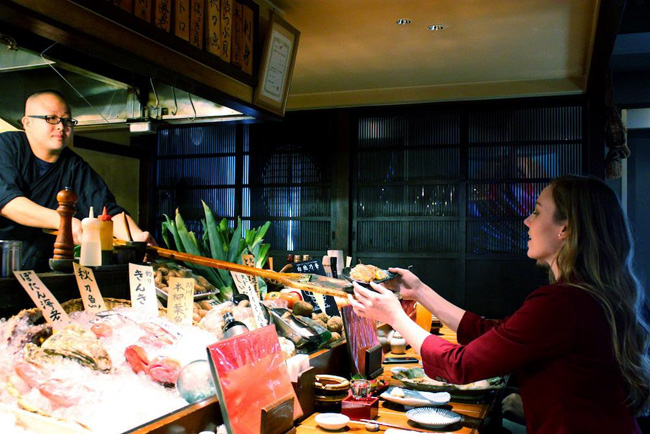
At Udatsu you can savor food cooked to perfection over binchotan coals. In order to fully showcase the natural flavor of high-quality Japanese produce, minimal extra flavoring and seasoning is used in the cooking process - it’s often just salt and soy sauce! As you can choose all of your ingredients, and there’s minimal seasonings, this style of dining is perfect for vegetarians, vegans and those with other dietary restrictions.
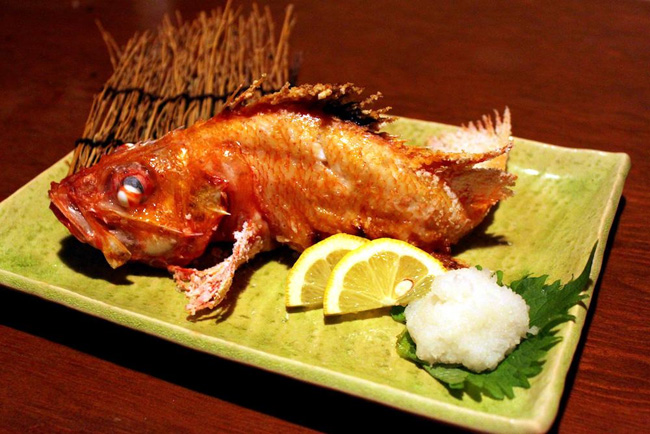
The house favorites are the impressive-looking whole grilled kinki fish (kinki shioyaki), mushrooms cooked in sake and soy sauce, grilled scallops, and yaki-onigiri (grilled rice ball). Ordering is made easy for those whose Japanese is limited, as menu items are listed by number. If possible, book ahead for a spot around the counter to be close to the action!
Hachi

From moody late-Edo grill move on to a bright modern wine bar. With its stylish timber decor, glowing white paper lanterns, wall paintings, and floor to ceiling glass walls looking onto the Noge streets, Hachi is an inviting location with an equally inviting food and drink list.
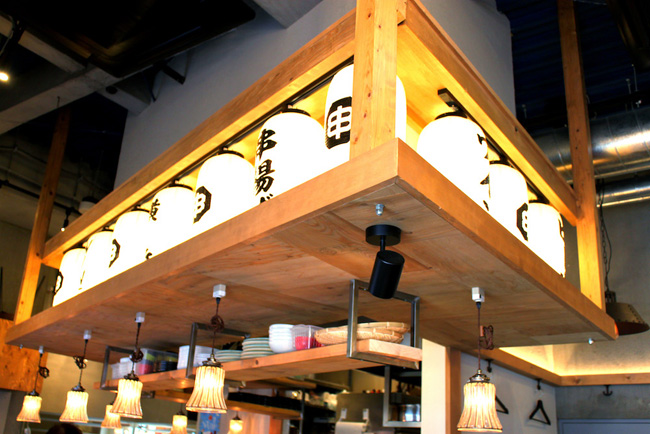
Take a seat around the bar or one of tables to peruse the menu of over unique 30 rare and innovative types of kushiage (crumbed, deep fried skewers), such as yuba gobo maki, truffle korokke (croquette) and Nodoguro fish. Everything comes creatively plated, and with a unique selection of 5 dipping sauces, making for a very fashionable kushiage experience.
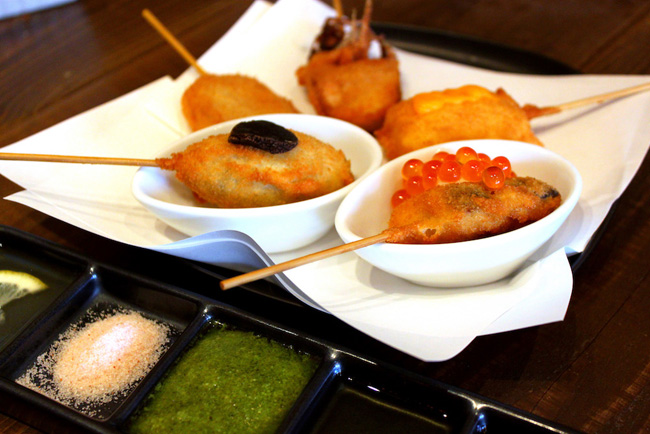
The menu - available in English - also lists other popular house specialties, such as carpaccio and potato salad. Ingredients are sourced not from retailers, but direct from the farmers in the Miura peninsula, and the produce is noticeably fresh, colorful and delicious. The otoshi is a plate of fish seasonal vegetables served with a light and zesty dipping sauce.
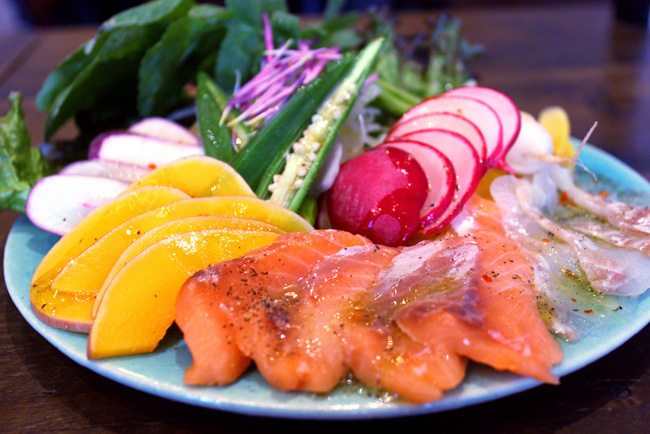
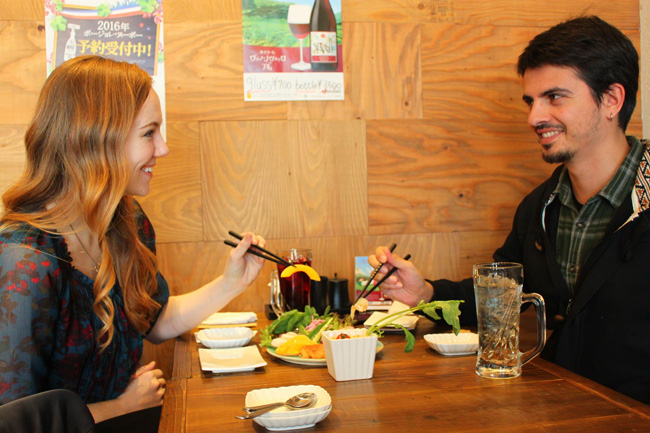
As you dine on Hachi’s traditional Japanese food delivered with signature innovative twist, enjoy a selection of European and Japanese wines, including house-made sangria and sparkling wine served in a long glass with ice (unconventional but very refreshing!). There’s also a wine tasting set, so you can sample several different wines.
Karaoke Asian
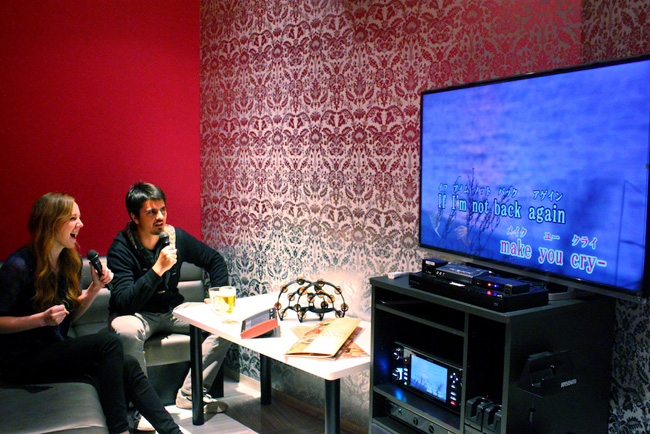
What better way to wrap up an evening of restaurant hopping than to burn a few calories off belting out your favorite tunes at karaoke? Karaoke Asian is just the place for this. Popular with locals and tourists alike, Karaoke Asian is somewhere to come to unwind by singing and dancing the night away while enjoying a wide selection of food and drink in a unique setting.
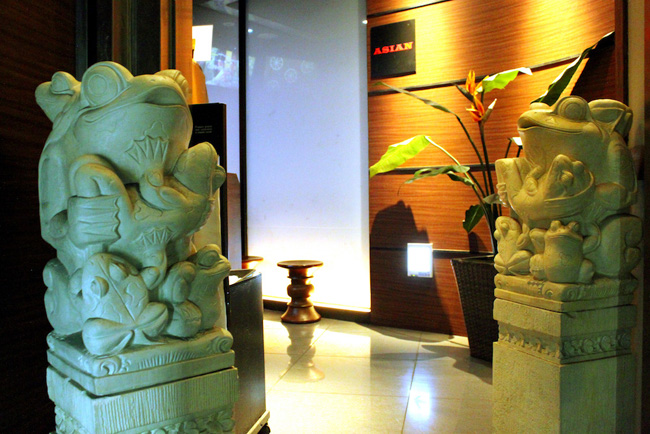
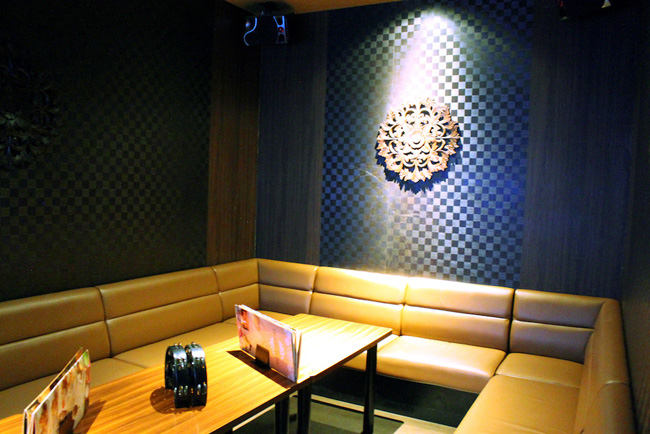
Themed in an ‘Asian resort’ style, this karaoke restaurant features elaborately decked-out rooms with decor inspired by the resorts of many different Asian countries, although taking main influence from Bali, with its gold and red embossed patterned wallpaper, decorative wooden carved wall hangings, statues, and the faint but exotic smell of incense.
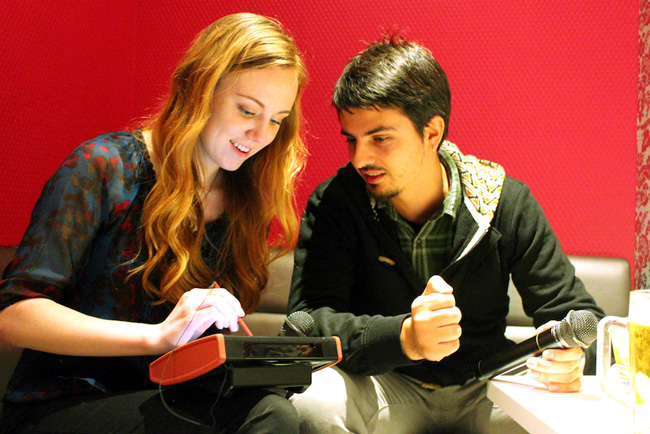
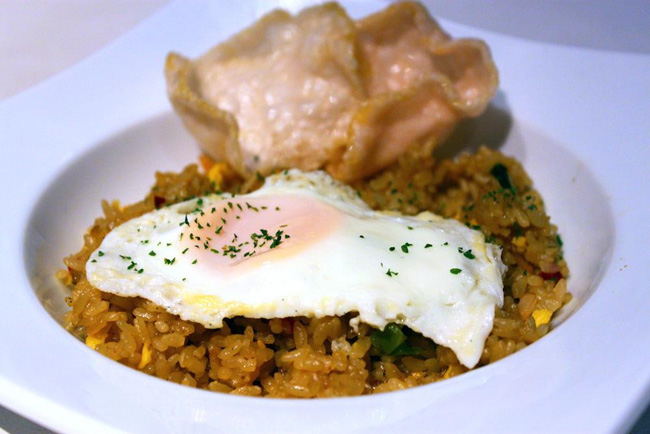
This themes carries through to the food and drink menu, where izakaya fare such as pizza is complemented with Asian classics like Nasi Goreng, Kimchi Chahan and steamed dumplings. The drinks menus is also extensive, to create that resort holiday vibe - cocktails, beer, wine, spirits and more. With Karaoke Asian’s state-of-the-art karaoke equipment, you’ll be able to perform at your best - whether you choose to stand up in the decorative booths for a full performance, or sink back into the cosy couches. You can stay for an hour or stay all night, as Karaoke Asian is open 24/7.
Izakaya, Sake, Robata Grills, Kushiage, Karaoke and More at Yokohama’s Noge Area
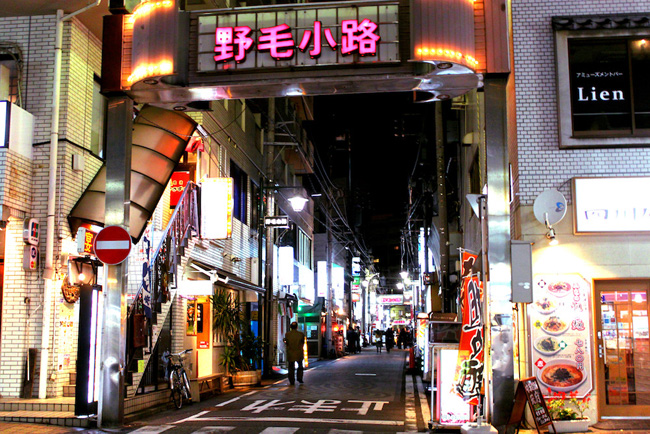
An evening exploring the cultural treasure-trove of Noge covers all bases - you can start with a traditional, boisterous izakaya, move on to trendy sake bar, take a peek at into an Edo-era robatayaki, eat modern kushiage at a hip wine bar, then top off your night singing and dancing to your favorite tunes at a stylish karaoke... And these are only 5 of Noge’s hundreds of places to visit! Wherever you go, you’re sure to have an enchanting, intimate and delicious night out.




